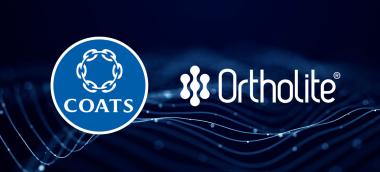idd cologne 2025: Cologne celebrates new interior design event
106 brands, 16 locations, more than 70 events and around 10,000 registered visitors: interior design days cologne celebrated its premiere from 26 to 29 October 2025. The new, decentralised format brought interior design right into the city and combined brand presentations with inspiring talks, curated tours and a variety of networking highlights. The positive feedback from exhibitors and the public shows: idd cologne became the stage for exclusive interior design concepts in the residential, hospitality and contract business segments and transformed Cologne into a lively meeting point of the interiors community.
"Urban-only": interior design staged in a new way
With its "urban-only" concept, idd cologne relied on a new form of brand staging: the creative collections, interior design ideas and design trends were presented at authentic and architecturally special locations throughout the Cologne urban area.
Central venues were the Design Post Köln – an official Koelnmesse cooperation partner as of this year –, the listed monument Stoff-Pavillon Moeller and the machwerkhaus köln, a centre for design and urban production. The concept was supplemented by numerous showrooms, creative locations, flagship stores and pop-up formats of the local design scene. In total, 106 brands from the premium range joined at 16 locations to form a unique city tour through the diverse world of interiors – from classic living through hospitality to contract solutions. Embedded in the architecture and atmosphere of Cologne, a total experience arose that presented interior design there where people live, work and design.
Event highlights of the premiere
The event programme of idd cologne was distinguished by depth of content and a high level of experience quality. In total, the event offered more than 70 events that combined design, architecture and urban life in an inspiring way. The spectrum extended from lectures and panel talks to sociable networking formats – the spirit of idd cologne was tangible throughout the city.
The Urban Design Walks proved to be real crowd-pullers. The six tours led to central venues of idd cologne and made it possible to directly experience current design trends. In the Architonic Talks, leading minds from architecture and design provided forward-looking insights into themes like longevity, emotional spatial impact, brand identity and material properties. Also a special highlight was the idd cologne Aperitivo in the Stoff-Pavillon Moeller, which promoted an exchange and networking within the design community in a relaxed atmosphere.
The future of idd cologne
idd cologne 2025 was an important step in the continuing development of the trade fair portfolio in the furniture and interior design segment of the Cologne location. With the change to the urban format, idd cologne implemented important impulses and wishes of the industry. At the same time, it became evident how dynamic the current market situation is: forms of use, target groups and expectations are changing rapidly and call for flexible trade fair concepts. In a close exchange with the furniture industry, experience values, feedback and perspectives will now be evaluated by partners, exhibitors and visitors. Taking other market and economic situation development factors into account, this provides the foundation for the continuing development of idd cologne in future.
idd cologne in figures
A total of 106 premium brands participated in idd cologne 2025 at 16 locations throughout the Cologne urban area. More than 70 individual events took place. According to the figures for registrations, including the last day of the fair, around 10,000 visitors registered for interior design days cologne.
Koelnmesse GmbH
































